The Future of Transportation: Unraveling the Revolutionary Hyperloop Technology
In an era where speed, efficiency, and sustainability are prized, the transport sector is ripe for a revolution. Enter Hyperloop technology, Elon...
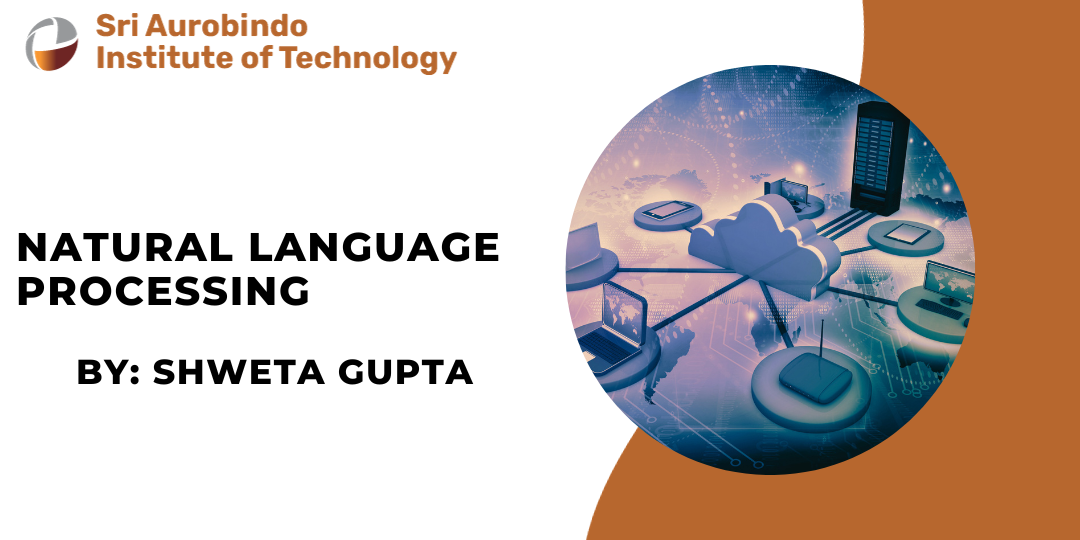
Natural language processing is a branch of artificial intelligence that enables computers to understand, interpret, and manipulate mortal or human language. Natural language processing uses colorful ways, similar as machine literacy, computational linguistics, and deep literacy, to dissect and induce natural language data, similar to textbook and speech.
Natural language processing has numerous operations in different disciplines, similar as machine restatement, speech recognition, sentiment analysis, chatbots, textbook bracket, and more. Natural language processing is a fascinating and grueling field, as mortal language is complex, nebulous, and different.
Natural language processing aims to bridge the gap between mortal communication and computer understanding, and to give useful and accessible services and results to the user.
Natural language processing is also a constantly evolving field, as new technologies and styles are developed for bettered to enhance the performance and delicacy of natural language processing systems.
Human language is replete with intricacies, making it exceedingly challenging to develop software that accurately discerns the intended meaning from written or spoken text. Homonyms, homophones, affront, expressions, conceits, alphabet and operation exceptions, variations in judgement structure - these just are many of the irregularities of mortal language that take humans times to learn, but that programmers must educate natural language-driven operations to fetch and understand directly from the launch, if those operations are going to be useful.
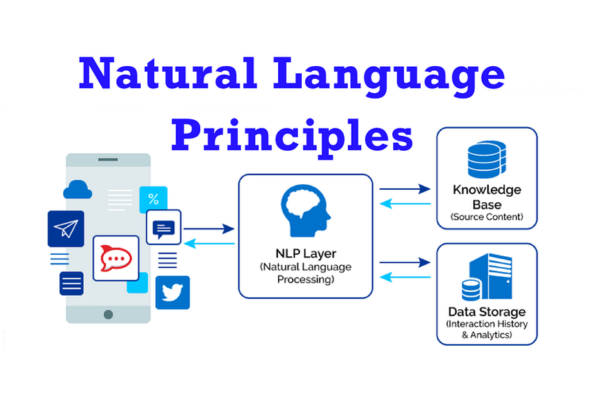
Various NLP tasks analyze human-written text and spoken language. Some of these tasks include the following:
Also called speech-to-textbook, is the task of reliably converting voice data into textbook data. Speech recognition is needed for any operation that follows voice commands or answers spoken questions.
What makes speech recognition especially grueling is the way people talk - snappily, warbling words together, with varying emphasis and accentuation, in different accentuations, and frequently using incorrect alphabets.
Co-reference resolution is the task of relating if and when two words relate to the same reality. The most common illustration is determining the person or object which a certain pronoun refers (for example, 'she'='Mary'), but it can also involve relating a conceit or an expression in the textbook, for example, a case in which 'bear' is not a beast but a large hairy person.
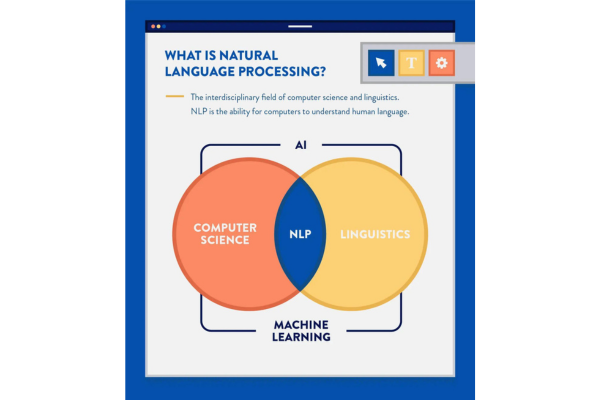
NLP includes the following mentioned processes.
Tokenization
This is the first step of NLP. In this, text is broken down into smaller units, or 'tokens'. Depending on the specific tasks, these tokens can be words, phrases, or even characters. For example, 'The Computer world is amazong!' would be tokenized into ['The', 'Computer', 'World', 'is', 'amazing','!'].
Part-of-Speech Tagging
In this step, each token is assigned by grammatical labels, such as nouns, verbs, adjectives, etc. To understand the syntax structure of any sentence is crucial for more advanced NLP tasks.
Parsing
When we analyze the grammatical structure of a sentence, it is called Parsing. It is used to determine how words are related to each other. This step is necessary for tasks like sentiment analysis or information extraction.
Named Entity Recognition (NER)
In NER, entities in text are recognized and classified into predefined categories, such as names of people, organizations, locations, etc. In the sentence, "Narayan Murthy is the founder of Infosys", NER would recognize "Narayan Murthy" as a person, and "Infosys" as an organization.
Sentiment Analysis
The Sentiment Analysis is widely used in social media monitoring, market research, and customer service. The main task is to involve determining the sentiment or emotion expressed in a piece of text.
Applications of NLP
Here are few of the most common uses and applications of NLP.
Chatbots and Virtual Assistants: NLP powers chatbots like Siri, Alexa, and Google Assistant, enabling them to understand and respond to user queries in a conversational manner.
Language Translation: Tools like Google Translate rely on NLP to convert text from one language to another while maintaining context and meaning.
Sentiment Analysis for Customer Feedback: Companies use NLP to analyze customer reviews and feedback, extracting valuable insights about customer satisfaction.
Information Extraction
NLP can be used to automatically extract relevant information from unstructured text, making it invaluable in fields like finance, law and healthcare.
Spam Filters: In email, spam detection is one of the most irritating things. To discern which emails are legitimate and which are spam, Gmail uses natural language processing (NLP). The role of spam filters is to look at the text in all the emails you receive and try to figure out what it means to see if it's spam or not.
Algorithmic Trading: To predict the stock market conditions, Algorithmic trading is used.
Question Answering: NLP is basically used to make search engines understand the meaning of what we are asking and generate natural language in return to give us the answers.
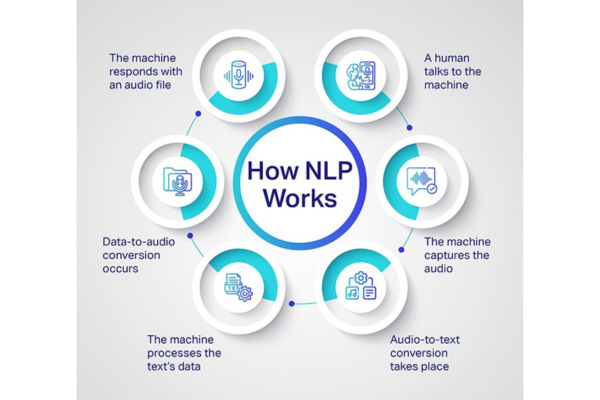
The Future of NLP
The potential of NLP increases as technology advances:
Bots: The work of chatbots is to help users to get to the point quickly by answering inquiries and referring them to relevant resources and products at any time of day or night. The features of chatbots must include speed, smartness, and ease of use. To achieve this, chatbots utilize NLP to comprehend language, typically through text or voice-based interactions.
Supporting Invisible UI: Embracing the concept of Invisible UI, nearly every interaction we have with machines revolves around human communication, be it spoken or written. Amazon's Echo serves as just one example of the movement towards deeper integration of humans with technology in the forthcoming future.
Smarter Search: The future of NLP also encompasses enhanced search capabilities, a topic that has been under discussion at Expert System for quite sometime.
A more intelligent search empowers a chatbot to grasp a customer's request and enables a "search as you speak" feature (similar to how you might interact with Siri), rather than relying solely on keywords or topics. Google has recently unveiled the integration of NLP capabilities into Google Drive, enabling users to search for documents and content using natural language.
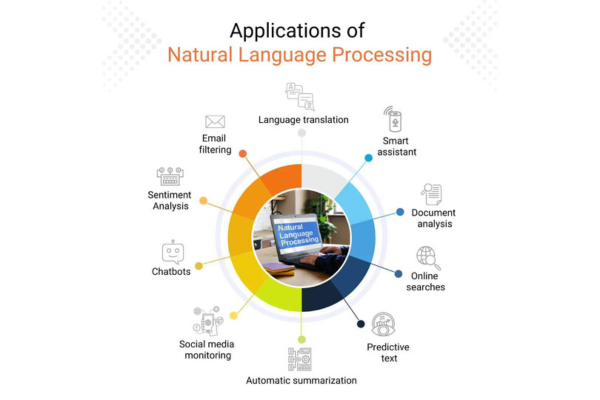
Conclusion
NLP is the driving force behind many of the language-based applications we use daily. Its ability to extract meaning from text is revolutionizing industries and opening doors to new possibilities.
So the next time you ask Siri a question or translate a webpage, remember, it's NLP that's working its magic behind the scenes.
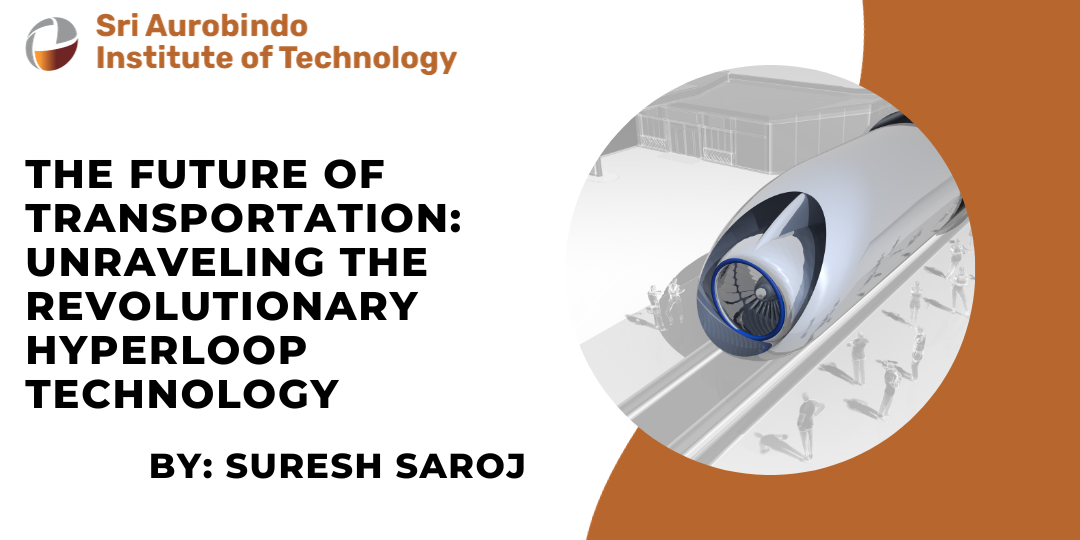
In an era where speed, efficiency, and sustainability are prized, the transport sector is ripe for a revolution. Enter Hyperloop technology, Elon...

In an era defined by technological advancements, it comes as no surprise that the manufacturing industry is undergoing a significant transformation....
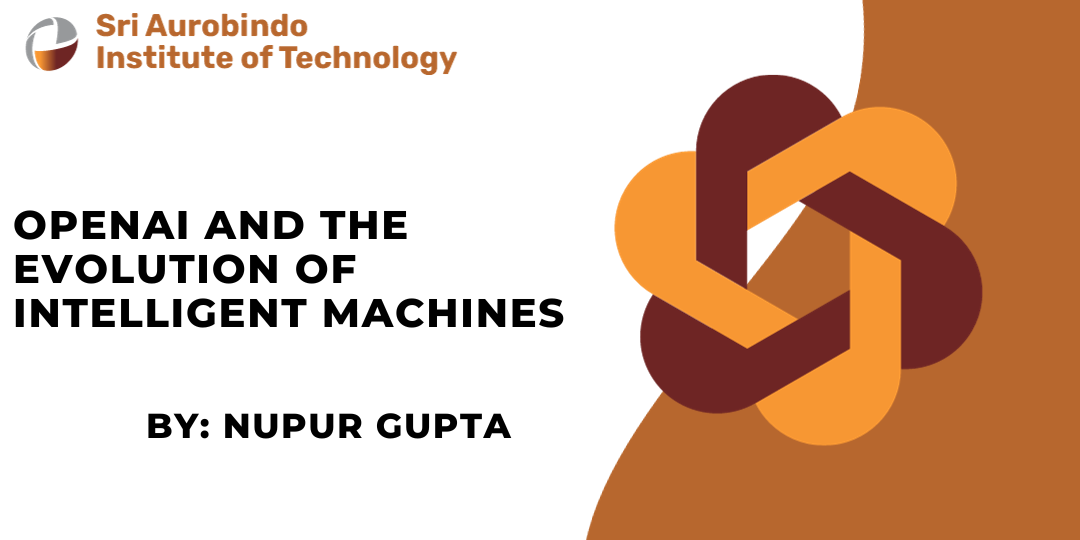
OpenAI remains a leader and a force to be reckoned with in its ever-evolving environment of micro-intelligence.